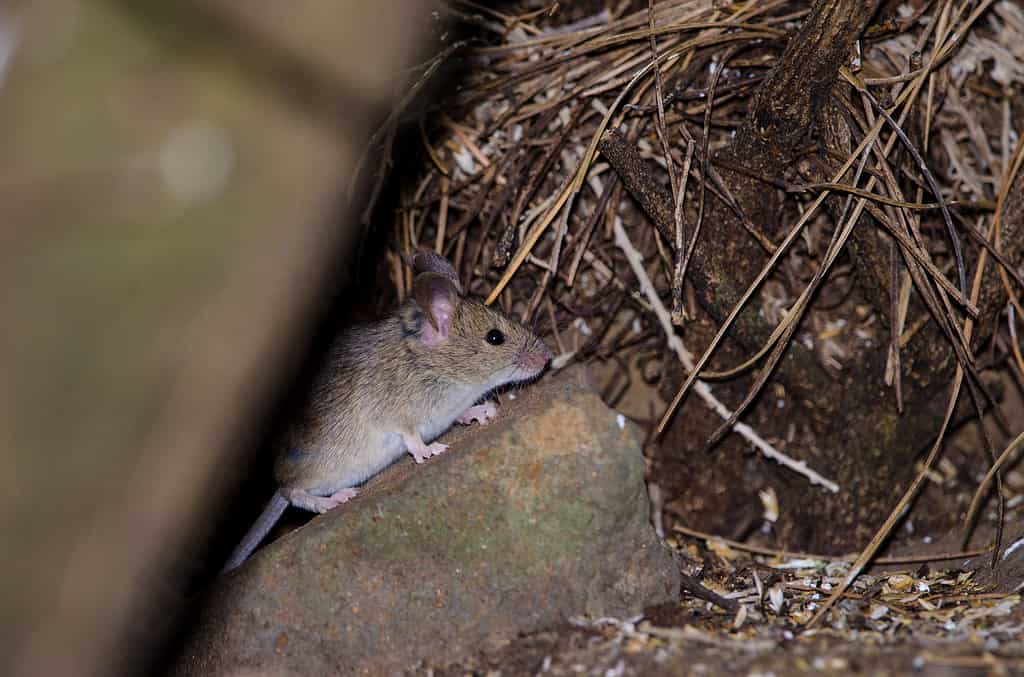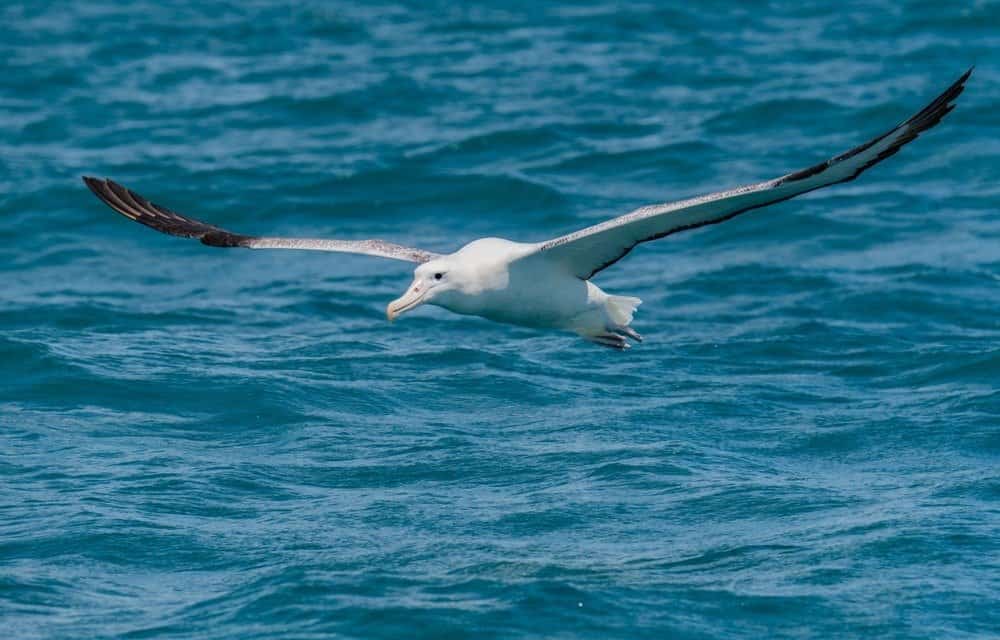
The post These Mice are Eating Seabirds Alive, and Here’s What’s Being Done About It appeared first on A-Z Animals.
Islands are biodiversity hotspots. They only make up 5 percent of the world’s land mass, but they are home to 20 percent of its bird, reptile, and plant species, many of which are endangered. So, what happens on islands matters! It is such a catastrophe when an invasive mouse species manages to reach their shores and threatens the native wildlife populations. This is happening right now on Marion Island, located about 1,920 km southeast of Cape Town in the southern Indian Ocean.
The Importance of Marion Island
Marion Island forms part of the sub-Antarctic Prince Edward Island group and is a globally important breeding ground for seabirds. The island measures 15.5 miles long and 10.6 miles wide. Conditions here are harsh. The wind is constant, temperatures are low, and there is a lot of rain and snow. The only vegetation here is grass, moss, lichen, forbs, and cushion plants. It has been designated as a Special Nature Reserve and an Important Bird Area. The island group is home to more than 40 percent of the world’s wandering albatrosses and millions of other seabirds.
The Arrival of Mice

Mice were introduced to Marion Island by sealers and whalers.
©iStock.com/Víctor Suárez Naranjo
Humans are to blame for the arrival of mice on Marion Island. The rodents were transported there on ships operated by sealers and whalers in the early 1800s. House mice (Mus musculus) are small, slender rodents with a slightly pointed nose. Adults weigh a few ounces. They are a native species of Central Asia but have spread across the world thanks to international trade routes. The key to their success is their adaptability, no matter what habitat they find themselves in. They are also happy to eat many types of foods, but prefer seeds and grains. The bad news for the resident animals on Marion Island is that these mice will happily try new foods, especially if it is high in protein, fat, or sugar. They soon exploited the island’s resources, raiding delicate habitats and eating seeds and small creatures. Before long, the island’s invertebrate populations were devastated.
Since 2023, mice have been observed preying on seabirds, including adult wandering albatrosses, and this behavior has become widespread by 2025. This is partly because they have eaten everything else and partly because warmer temperatures have allowed them to breed more frequently, so there are more of them. Given the right conditions, a female house mouse will have between 5 and 10 litters a year.
About Wandering Albatrosses

The wandering albatross has a huge wingspan.
©Kerry Hargrove/Shutterstock.com
Wandering albatrosses (Diomedea exulans)are found almost exclusively in the Southern Hemisphere. They are a member of the Procellariiformes order of tube-nosed seabirds. These birds have very long wingspans – over 10 feet.
Their breeding sites are on subantarctic islands with peat soils, tussock grass, sedges, mosses, and shrubs. Breeding pairs mate for life. Nests are often reused and are located on the slopes of valleys, usually under the cover of grass or shrubs. They are easily reached by the invasive mice. A single egg is laid, and parents take turns to incubate it. When hatched, the chick is entirely dependent on its parents for food for the first 9 to 10 months of its life. They have a potential lifespan of 60 years!
Attacks on Albatrosses
There are 29 breeding seabird species on the island, and 19 now face local extinction. The mice are brutal and relentless in their attacks. They eat both the chicks and the adult birds. Unused to this sort of attack, the majestic albatrosses sit stoically on their nests while the mice eat their feathers, skin, and flesh. It is a heartbreaking sight to watch them die a slow and agonizing death. To make things worse, the seas are warming up, which is pushing the fish on which the albatrosses feed further south. The parents have to be away from the nests for longer and return with less food.
Fighting Back Against the Mice
The Mouse-Free Marion Project is a global fundraising campaign to protect the biodiversity of the island. To do this, every mouse will have to go! The plan is to drop 600 tons of rodenticide disguised as cereal pellets across the entire island, with the operation scheduled for 2027. This will need to be timed carefully and only carried out when most summer-nesting birds are offshore. Nevertheless, there will be challenges, including coastal fog, hidden lava domes, katabatic winds (downsloping winds caused by gravity pulling denser air), a rugged terrain, and the lack of an airfield.
There are examples where this approach has worked in the past. A similar approach successfully eradicated invasive rat species from South Georgia (an island with over 30 million seabird breeding pairs) and New Zealand’s Antipodes Islands. There are still funding gaps, but this plan represents the best chance that the birds on Marion Island have for survival.
The post These Mice are Eating Seabirds Alive, and Here’s What’s Being Done About It appeared first on A-Z Animals.
June 28, 2025 at 11:02PMSharon Parry
.jpeg)
.jpeg)

0 Comments